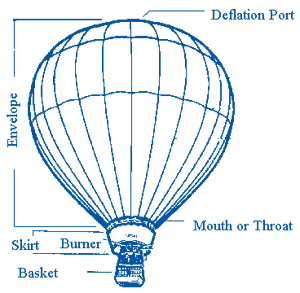these previous weeks we have been learning about Charlie’s law. Charlie’s law is about temperature and how they can increase or decrease gas. In one of our labs, we had a beaker full of colored water and a balloon attached to the top. Then we placed a beaker into a bowl of hot water. The hot water raised the temperature in the water in the beacon and the gas will be more dense and rise, because as heat rises, the gas will move up to the balloon and blow it up. Once you get a big balloon you place the balloon into the snow and the gas will slow down the density of the gas and the temperature will lower. Even though it is slowing down, you can still place the beacon into the hot water and slowly rise again. The gas density goes up and the water starts to warm up again.

We see Charlie’s law in hot air balloons. Hot air balloons are a closed system with a flame in the middle, the flame heats the air and then hot air rises. The balloon will rise and go up. You can overheat the balloon but it really never happens in professional hot air balloons. How I can use Charlie’s law is when my family has our fireplace on, we need the fan on so that the heat doesn’t escape the house or room. When we did the Charlie’s law lab, what satisfied me was when the heat decreased and the balloon decreased as well. It really made me understand Charles’s law. Charles’s law is a complicated and brilliant and it is a big part of how we can keep warm and cold.
How did he find out the law?
Was he the first one to experiment with heat, cold and rising air?
When did the law get placed?
Dear, Maddy i liked how distinctively you described Charles law. I too wonder when the law got placed
sincerely, jack